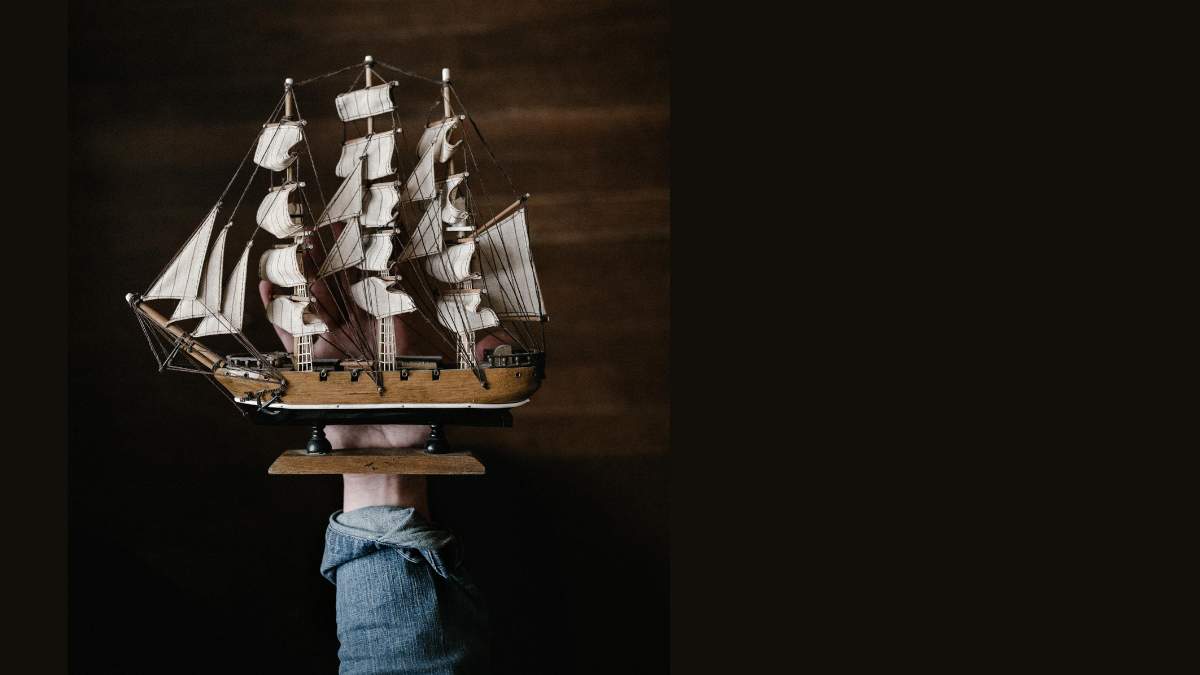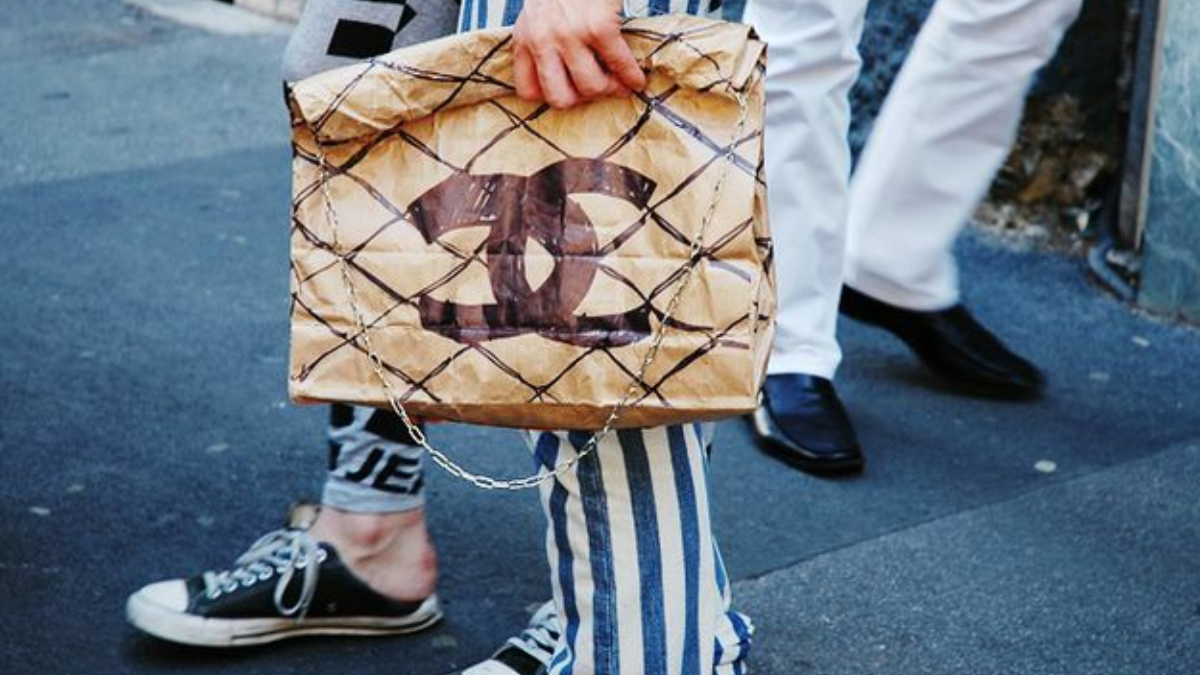Modern-day Pirates: unimaginative competitors, unscrupulous vendors, and in many instances, a conduit funding organised crime …

BY MINETTE NIEMANN | The global illicit economy has expanded dramatically over the last two decades,[1] and the trade of plagiarised and illicit counterfeit goods is a prevalent problem around the globe. It poses significant security, developmental, justicial, health, and safety threats. The offenders are comprised of “unimaginative competitors, unscrupulous vendors, and at its most extreme, organised crime.”[2]
Annually, an anti-plagiarism award ceremony is hosted at Ambiente, the leading international consumer goods trade fair in Frankfurt, Germany. The winner is awarded the signature trophy of a black gnome with a golden nose “symbolising the exorbitant earnings product pirates collect at the cost of innovative companies”[3] as well as the title of “the most flagrant” pirate.
The main goal of the award, which was founded in 1977, is to raise public awareness of and condemn the unethical business practices of counterfeiters who steal intellectual property and pass it off as their own. The winning counterfeit products are exhibited in the Museum Plagiarius.[4] Where money is to be made, people will make a plan regardless of what moral, ethical, or legal considerations. UNODC estimates that the illicit trafficking of counterfeit goods cost around $US 250 billion a year[5] and hundreds of billions more if pirated digital products and domestic counterfeit sales are included.[6][7] According to the International Chamber of Commerce, illicit counterfeit goods drain $US 300-$US 350 billion from the global economy each year.[8]
Authorities have confirmed that organised criminal groups are involved in the production, export, import and distribution of counterfeit goods. According to the UNODC, consumers that purchase illicit counterfeit goods might be funding organised crime groups.[9] Authorities have discovered intricate links between the production, export, import, and distribution of illicit goods and serious crimes. Money laundering, tax evasion, drug and human trafficking, and extortion are among the serious offences. Organisations such as the Mafia and the Camorra in Europe and America, as well as the Triads and the Yakuza in Asia, have expanded into the illegal trade in counterfeit goods.[10][11][12]
The UNODC reported the following:[13] “With no legal regulation and very little recourse, consumers are exposed to risk from unsafe and ineffective products since faulty counterfeit goods can lead to injury and, in some cases, death.”

The Penalty for the trade of illicit counterfeit goods
There are different types of penalties that can be imposed upon a party guilty of trade of illicit counterfeit goods. Some of the penalties that could be enforced include, but are not limited to:
- Section 20(1) of the Counterfeit Act,13 of 1997 states that a court may declare the following: the counterfeit goods in question to be forfeited to the State or order that those goods and their packaging, and, where applicable, any tools that were used by or on behalf of the convicted person for the manufacturing, production or making of those or any other counterfeit goods or for the unlawful application to goods of the subject matter of any intellectual property right, be destroyed.
- In addition to the above, in terms of section 19 of the Counterfeit Act, a judge could rule that a first time offender should pay a maximum fine of R5 000 per article or item, and/or imprisonment for a maximum period of 3 years, or repeat offenders to pay a maximum fine of R10 000.00 per article or item, and/or imprisoned for a maximum period of five years.
The black gnome with the golden nose award speaks for itself, and as fraud examiners, we have a duty not to support these modern day pirates. The purchasing of counterfeit goods, in many instances, funds organised crime, most often the very criminals we pursue to bring to book.
If you cannot afford to purchase goods bearing the trademark of a legitimate and trusted brand, rather stay without it.
I leave you with the following quote: “Be inspired, but don’t copy.”
